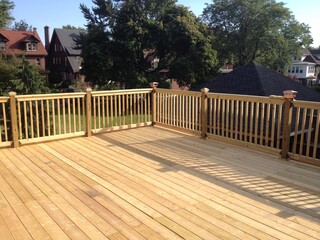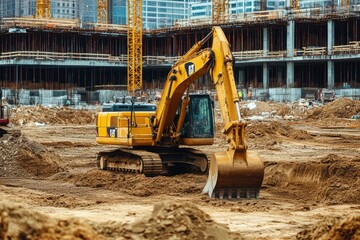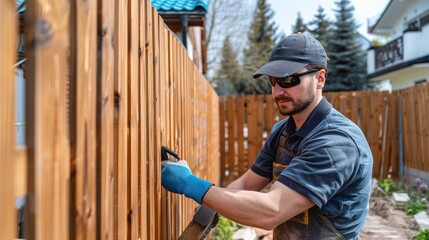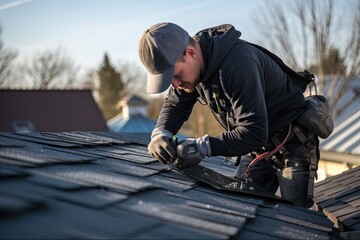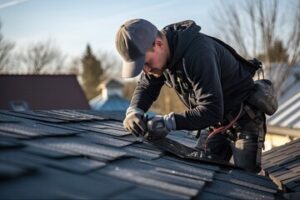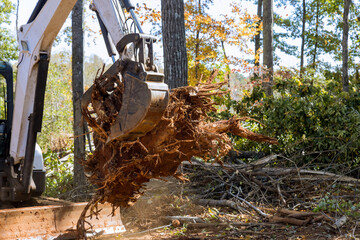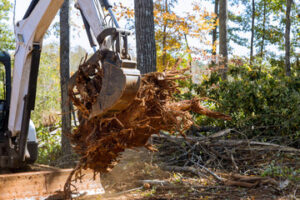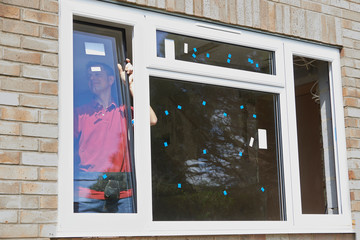Deck building can add value and function to a home, but it requires attention to detail to ensure the structure is safe. Following established best practices will prevent rot and save time, money, and effort.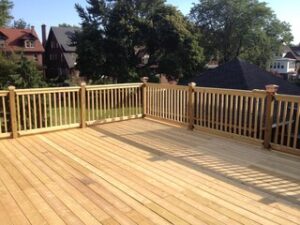
Obtain a building permit before beginning construction. Most localities require foundations that spread the weight of the deck over a larger area. Contact Deck Builders Greensboro NC for professional help.
It is a good idea to plan your deck well in advance. If you are building a raised deck, check with your local government about setback requirements and whether or not a permit is required. If you are planning to hire a contractor, get estimates from several companies before making a decision. It is best to have the contractors come to your house so they can take measurements and determine if there are any obstacles that might affect the layout of your deck.
The next step is to build the deck frame. Start by placing two 2-by-6 10-foot boards over the ends of two standard joists. These will be your end joists. Measure and mark every 19 1/2-inches along one of the end joists, using a framing square to make sure you are centered over each block. Then, mark the location of your joists on the ledger board. Steve’s crew marked their joist locations at 12” on center, which is closer together than the standard 16” oc. This predetermined joist position helps ensure that the concrete anchors won’t create any obstructions and allows them to fit as many joists into each bay as possible.
After laying out the joists, screw them down to the concrete blocks with a cordless drill and deck screws. Be sure to use long, 3 1/2-inch deck screws to prevent splitting the wood. Also, be sure to counterbore the holes to allow for a smooth, flush finish.
Once the joists are fastened, the ledger board can be attached to the house. The ledger should be positioned so that it is 8′ from the post footings, and 3′ away from the corner of the house.
Materials
The materials you use to build your deck are a key element in the overall design. Choosing the best material for your deck will have a significant impact on its cost, maintenance needs, and longevity. Wood, composite and PVC are all popular options for decking but each comes with unique features that you should carefully consider.
Decking materials are typically the largest expense of a deck project. The type of decking you choose will have a significant impact on its aesthetic and the overall feel of your deck. For a more natural appearance, hardwoods like cedar and redwood are an excellent choice. These are naturally resistant to rot and insects but do require regular maintenance including staining.
If you are looking for a more low-maintenance decking option, composite or PVC may be the right fit. These materials are engineered to last longer than traditional wooden decks and will not warp, splinter or crack. Composite and PVC decking also come in a wide range of colors and patterns to suit any aesthetic preference.
When it comes to the underlying structure of a deck, most homeowners will opt for wood. Common choices include pressure treated lumber, cedar, and redwood. Exotic hardwoods are also available but can add a more expensive price tag to your project.
Wood options are not limited to softwoods as many builders will use hardwoods like ipe for framing and perimeter boards while using a pressure treated wood for the infill boards. A newer option is modified wood like Kebony, which takes a sustainable softwood and applies a liquid to change its cell structure, making it more moisture resistant. The end result is a deck that performs like tropical hardwoods but remains barefoot friendly and heat resilient.
Other materials needed for the deck frame are concrete footings, beams, and joists. Most builders will use 2x6s for joists but some may choose to upgrade to 2x8s to increase strength and durability. Glulam beams are also becoming increasingly popular for their combination of strength and beauty. The joists that support your deck floor are installed 16″ on center and spaced throughout the frame for structural stability. Blocking is also used for additional support and can be installed in a zigzag pattern on top of the joists for added strength.
Substructure
When it comes to building or replacing a deck, many homeowners focus on the material used for the decking and handrails. However, the deck’s substructure is equally important and should be built using best practices to ensure its durability.
A deck’s substructure consists of the footings, posts and ledger boards that support the structure and allow it to attach to the house. The most common materials for the footings and post are concrete, but steel is also a popular choice for some projects. The size and depth of a footing depends on the load-bearing capacity required, the type of soil and climate zone. The footings must be poured deep enough to reach below the frost line and prevent the deck from lifting up in the winter.
The joists, which support the deck surface and are supported by the beams, must be spaced correctly to avoid sagging or weakening over time. The spacing is determined by the manufacturer’s instructions or by building codes. Generally, joists should be spaced 16” on center or less. For added strength, you can install blocking or bridging between the joists to give them more structural integrity.
Joists should be treated with eco-friendly preservatives and protected from moisture. Moisture and cold temperatures can damage wood, especially when it’s exposed to repeated cycles of soaking and drying. Choosing a quality wood such as pressure-treated southern yellow pine (SYP) for the joists can help reduce the amount of maintenance needed and increase its lifespan.
Stairs are a vital component of a deck, providing a safe way to move between the deck and the house or other areas. Stair design can vary significantly depending on the layout of a deck and personal preference, but it’s important to follow local building codes when designing stairs to ensure they’re safe and stable.
A ledger board is a vertical piece of lumber that connects the deck to the frame of the house and transfers some of the deck’s weight to it. Proper installation of the ledger board is critical, as a failure to do so can result in the deck pulling away from the house and compromising its stability. The ledger board should be securely fastened and inspected regularly for signs of rot.
Final Thoughts
While wood remains the traditional decking material, other materials are gaining popularity as well. Many of these alternatives offer the same beauty and durability as wood while adding a new look to a home. In addition, some offer lower upfront costs while offering the added benefit of less maintenance and replacement over time.
Regardless of what material is used, a quality foundation is key to the success of any deck project. It’s important to dig down the appropriate distance below-grade and use proper concrete construction to ensure a long-lasting, durable deck. Properly spaced posts will also ensure that the deck joists are able to support your clients’ weight without damaging the surrounding yard.
When it comes to deck building, the right tools and equipment can save you a lot of time and effort. Using a power drill with the correct bit for your project will ensure that you don’t damage the deck joists, and a quality extension cord that has a GFCI will protect against electrical shock. Additionally, wearing a dust mask when mixing concrete or cutting timber will protect your lungs from harmful particles and help prevent eye injury.
Finally, it’s always a good idea to pull a permit for any type of structure. While this might seem like a hassle, it’s an essential step to ensure that the deck is structurally sound and can withstand the weight of people using it. Additionally, a permit can prevent future problems with the deck if it isn’t up to code.
A good tip for your client is to keep a can of wood preserver on hand and apply it regularly to the entire deck to help it last longer. This will prevent water from seeping into the wood and rotting or splintering. It’s also a good idea to add a layer of waterproofing under the deck to further extend its life.
Decks are a great way to open up your home to the outdoors and can significantly increase your home’s value. They’re also an excellent place for family and friends to enjoy the beauty of nature, and by following these tips, your clients can build a deck that will last a long time and be enjoyable for years to come.
